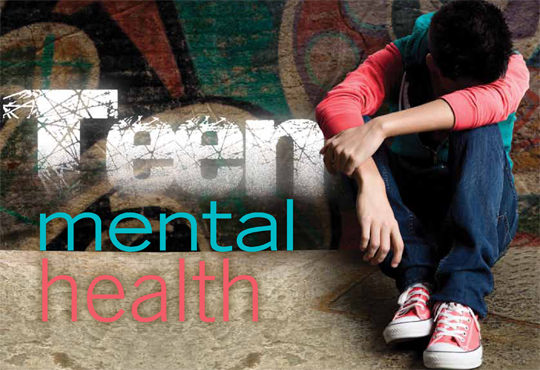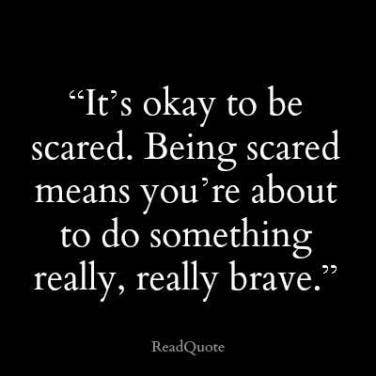
Last week I spoke to teens about mental health, like I’ve done dozens of times before. But this time it felt different. This was my first set of presentations since early 2020, before COVID-19 lockdowns.
I’m a speaker for the National Alliance on Mental Illness. I present NAMI’s Ending the Silence program to middle grade and high school students. My co-presenter and I talk about the warning signs of mental illness and what to do if they notice those signs in themselves or a friend. We speak openly about anxiety, depression, OCD, bipolar disorder, PTSD, eating disorders, and suicide.
So last week, instead of being inside a classroom with students and their teacher, we talked to them via Zoom. The presentations went great and I was so thankful to have the opportunity to meet with them. Technology can be wonderful!
But there’s nothing like actually being there with the kids, looking them in the eye, feeling that emotional connection and energy.
On Zoom, some of the students preferred not to be seen. Their cameras were on, but instead of a bunch of faces, I saw ceilings, bedroom walls, or a silhouette of a person. But that’s fine, I get it. It’s high school.
Even if I couldn’t see them, I knew they were there, listening. When I give these presentations, I never know who needs to hear what I say that day.
Through my computer screen, I could sense the kids were stressed and frustrated. Most likely some of them were anxious and depressed. There’s no doubt that distance learning this past year has taken an immense toll on students (parents and teachers too, of course).
At the end of our presentation, my co-presenter and I open it up to questions. We let the kids know they can ask us anything at all. We’re open books. Sometimes there’s only silence. Which again, I totally get. Mental illness is hard to talk about. Kids don’t want to be thought of as different. They don’t want their peers to think they might be struggling with a mental health condition.
A question at the end of one of our sessions last week broke my heart. Through an anonymous direct message, a student asked: If someone is thinking of attempting suicide, but isn’t really planning to do it, does that person still need to get help?
Our answer: YES. Talk to a trusted adult. A parent, teacher, school counselor, family friend, adult-age sibling. Tell someone you trust so you can get the help you need.
Another student wrote: How do you get help without your parents knowing?
Our answer: It’s hard to do that for a minor. Talk to an adult you trust. If that person can’t help, go to another. And another. And another. Until you get the help you need.
I pray they’re getting help. It’s rewarding to know that at least we opened the conversation.
While the stigma surrounding mental illness is beginning to weaken, there’s still a long way to go. My hope is that with future generations, mental health conditions can be spoken about as easily as physical diseases.
Keep talking about it.
The goal is to end the silence.

























